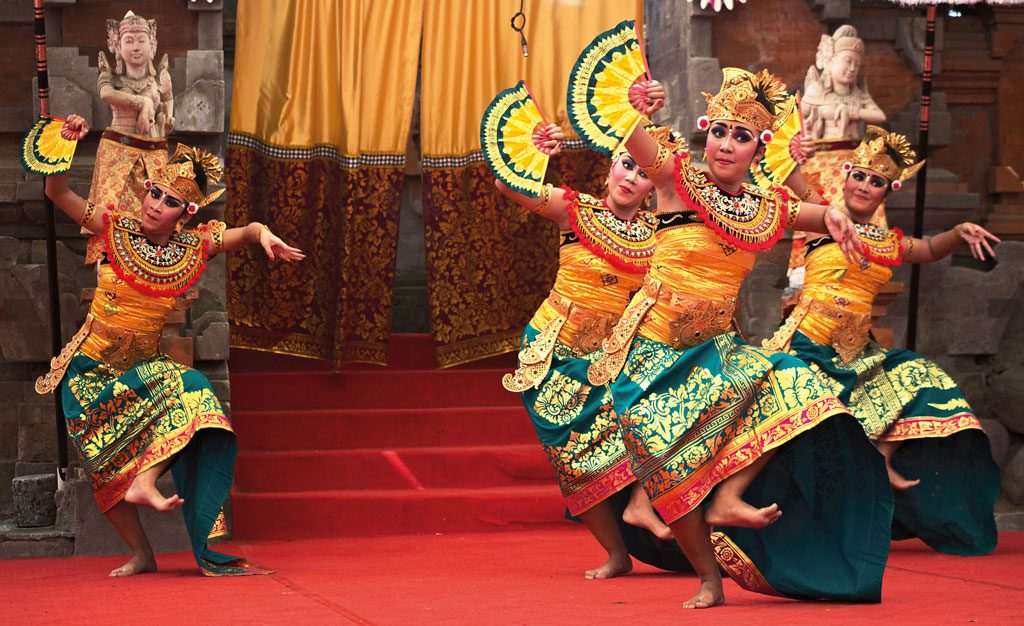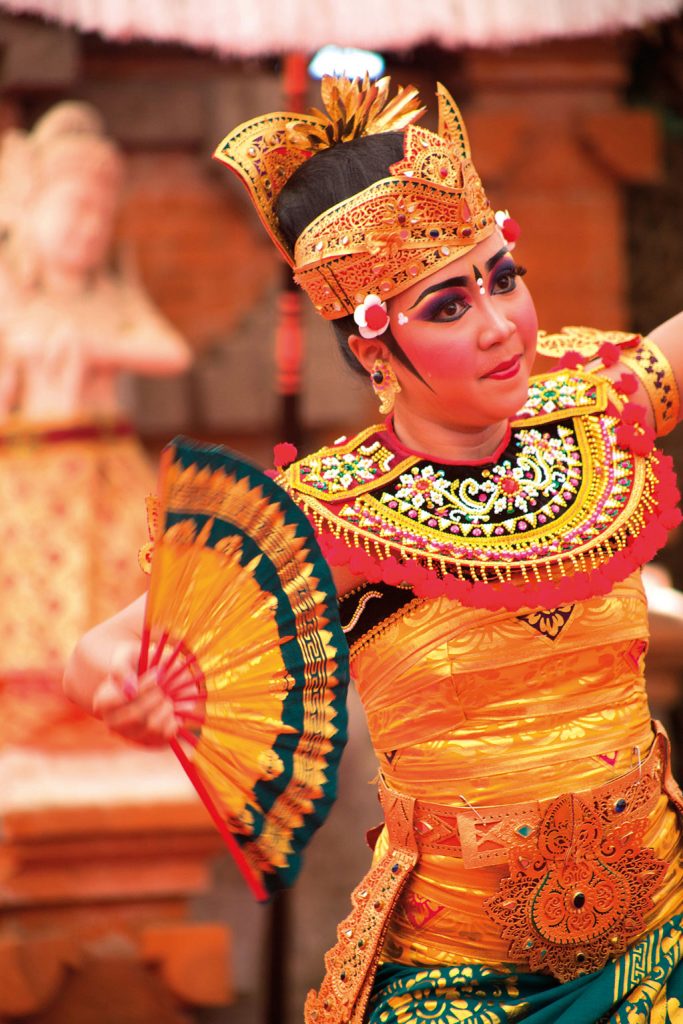The Majapahit, between the years 1293 to circa 1500, was once a great empire in South East Asia. It’s centre was in East Java and in fact it was this empire where the idea of ‘Nusantara’, or a great archipelagic nation, was born.

The reach of Majapahit stretched as far as Burma, all the way to Malacca. Stretching the breadth of what we know as today as the Indonesian archipelago. As a neighbour to this its central government, Bali had a strong bond with the Majapahit. Thus, it comes as no surprise that many of Bali’s old legends were influenced by the powerful empire.
One of these legends tells the story of Panji Semirang, originating from Java, it is a story that many Balinese know by heart. Folklore told from generation to generation. It is a classic bedtime story, often told by grandparents to grandchildren. It is also a common story told at a wayang kulit, or shadow puppet, performance to a larger audiences. Of course, dance is also one of Bali’s mediums of story telling and so the Panji Semirang legend is told in its own unique way through the performed arts.
The dance version of the Panji Semirang story was created in 1942 by I Nyoman Kaler, a dancer and choreographer. It tells the story of Princess Candra Kirana of Daha, East Java. Panji Semirang is categorised as a bebali dance, which means it is performed for entertainment.

The story begins with the arrival of two gifts at Daha, sent by Raden Inu Kertapati, the prince of Kahuripan. One gift was a gold doll, wrapped in a dirty rag; the other gift was a silver doll, wrapped in a gorgeous silk cloth. As the greedier of the two princesses of Daha, Galuh Ajeng hastily took it upon herself to grab the silk-covered doll, thinking it was the better gift of the two. Of course, coming to realise that in fact the dirty rag had within it a shining gold doll, which was left for Galuh Candra Kirana, she was furious.
To make matters worse for the greedy Galuh, a messenger for Kahuripan informed the princess that Prince Raden Inu Kertapati would marry whomever holds the gold doll. Eager to marry the prince, Galuh Ajeng made the king banish Candra Kirana from their kingdom before the wedding.
Sad and full of sorrow, Candra Kirana left the palace with her step mother and two loyal assistants. To stay safe, they disguised themselves as men, travelling in men’s clothing.
Over time, they found a place to settle in the middle of the forest between the kingdoms of Daha and Kahuripan. Here they built a palace, fending for themselves by becoming muggers and hijackers of folk travelling through the area. The booty they collected would be shared amongst the poor villagers.

Back in Kahuripan, Raden Inu caught wind of Candra Kirana’s banishment and announced that he would not marry Galuh Ajeng. In a moment of inspiration, the prince took it upon himself to deal with the infamous thieves in the forest.
Journeying towards their stronghold, Raden Inu came face-to-face with the leader of this band of thieves, known as Panji Semirang. They fought and battled fiercely, until suddenly, disguise destroyed in the fight, Raden Inurecognised the face of the ‘man’ he was fighting – it was none other than his betrothed, the banished Princess Candra Kirana.
This dance is mostly performed by a group of four female dancers wearing men’s clothing from head to toe. They also carry fans in one hand while the other hand holds the edge of their wrapped fabric, which is called kancut. The dance was performed for the first time by the pupil of I Nyoman Kaler, called Luh Cawan. To watch an old story unfold on stage, with colour, music and life, is truly what keeps legendary folklore alive.






